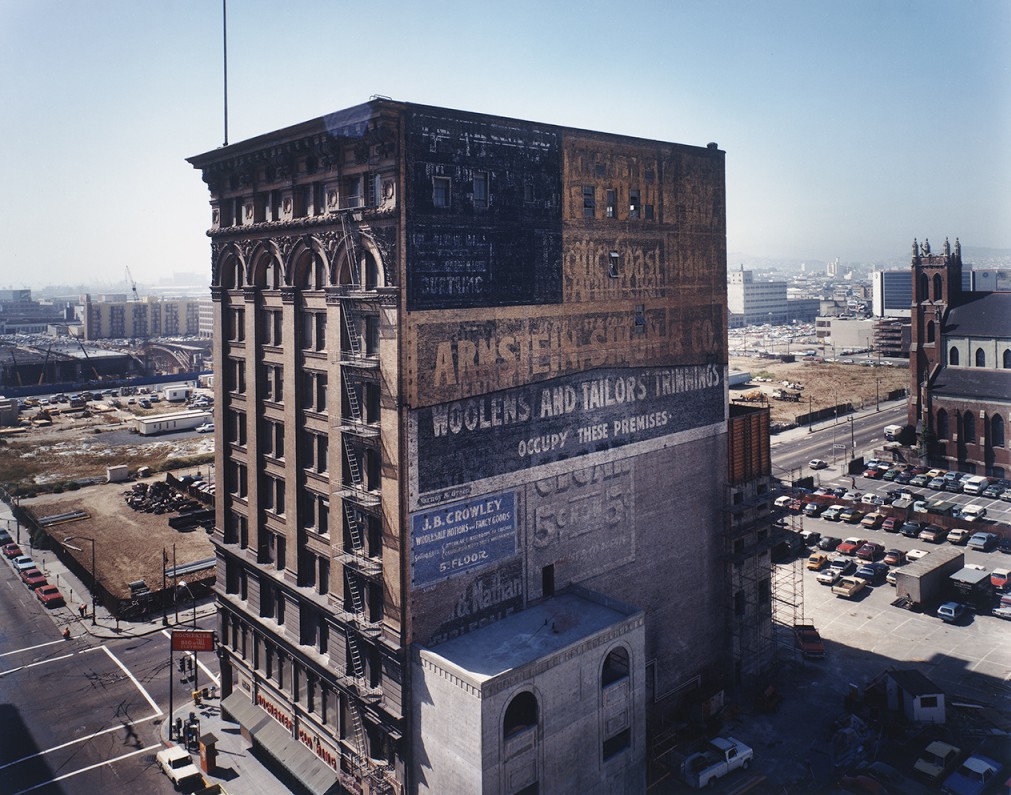
TIME LightBox’s curators series invites top photography curators from around the world to present and discuss photography of their choosing in an effort to learn more about their curatorial preferences and the path from individual images to full-fledged exhibitions. This month, TIME invited Corey Keller, Curator of Photography at San Francisco Museum of Modern Art, to explain what images of construction and destruction teach us about photography.
Where there are great spectacles there are photographers. In nineteenth-century Europe, cameras documented the birth of the modern city, but they also recorded painstaking efforts to preserve the monuments of past. Auguste Mestral’s portrait of a newly sculpted Virgin and Child patiently awaiting placement in the façade of a restored Notre Dame cathedral injects a tragicomic note into an undertaking of great national pride.
More often than not photographers were hired to celebrate these feats of engineering by the companies who undertook them. Louis-Émile Durandelle’s photographs of the building of the idiosyncratic Parisian cathedral Sacré Coeur, for example, were commissioned for publicity use. Used as a fundraising tool by the Church, the efficacy of these pictures depended entirely upon Durandelle’s ability to convey the impressive scale of the edifice and man’s heroic efforts in the service of a higher power. The forest of supporting columns dwarfs the workers that erected it, though today we are perhaps more struck by the primitive tools – simple pulleys, a wooden wheelbarrow – with which such an effort was achieved. Some sixty years later, Berenice Abbott’s view of the construction of Rockefeller Center conveys a similar sense of awe. Though the men in her photograph use heavy machinery to excavate the bedrock of Manhattan, they seem as inconsequential as ants on a mountain of stone.
In the 1920s and 30s, the era of soaring skyscrapers and impossibly long bridges, workers posed precariously for the camera: heroes of the modern age. Looking at Lewis Hine’s famous views of the construction of the Empire State Building inspires a moment of panic and admiration for the man balanced on a girder high above the city sidewalks. Peter Stackpole’s shot of a crew perched atop the tower of the Golden Gate Bridge, (the longest suspension bridge in the world at its completion), portrays the workers as almost nonchalant, despite the fact that the project claimed eleven lives. Alfred Stieglitz’s atmospheric view from the apartment he shared with Georgia O’Keeffe at the Shelton Hotel attests to the ubiquitous scaffolding that covered the New York skyline during those decades.
Big construction projects are not only about the future, of course. With every act of construction, destruction is inevitable. In California, where the transformation from pristine wilderness to the most populous state in the nation took place in an inconceivably brief timeframe, such change is felt especially acutely. The South of Market area of San Francisco is now home to the most recognizable names of the high-tech world, but as Janet Delaney’s view of the area shows, not so long ago it was a desolate area of the city. The building that dominates the frame is itself a reminder of the city’s ceaseless self-reinvention: one of the few neighborhood structures to survive the 1906 earthquake, its own history is tattooed on its brick walls. Such dramatic transformations are commonplace in the Bay Area: Angela Buenning Filo’s photograph charts the recent rapid explosion of home construction in Silicon Valley, and the soaring real estate market to match.
This dizzying expansion is hardly confined to the United States. Dustin Shum’s photograph of Shenzhen, China shows the stark contrast between the ever-shrinking green spaces of the city and the new construction that looms behind it, whereas Pablo López Luz gives visual form to the unimaginable sprawl of Mexico City. Some of the photographs seem to comment on our seemingly irrepressible optimism, as building continues undaunted by inhospitable conditions or environmental impact. Mike Light’s aerial photograph of new construction in the arid Arizona landscape, puts a housing development in an unexpected perspective, and shows us that the line between optimism and folly may be very slender indeed.
Corey Keller is Curator of Photography at SFMOMA.
Myles Little, who commissioned this piece, is an associate photo editor at TIME.
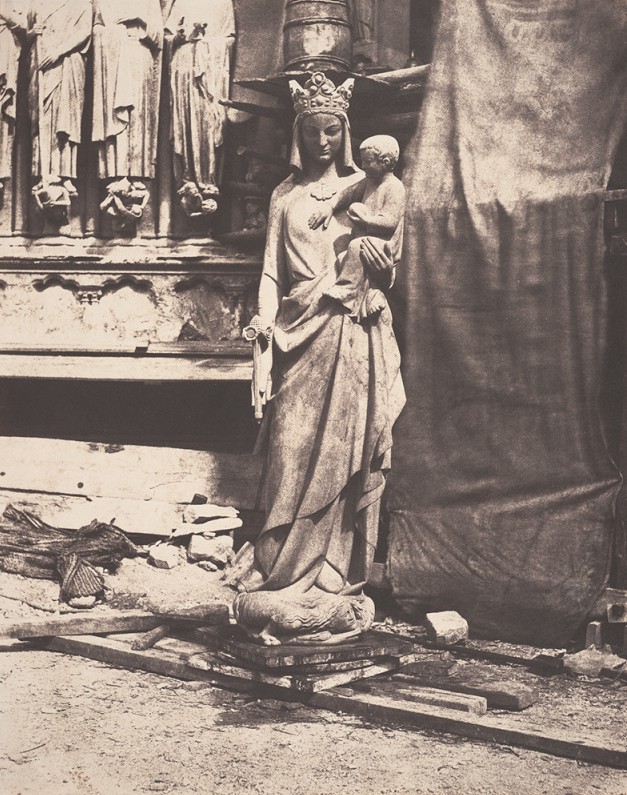
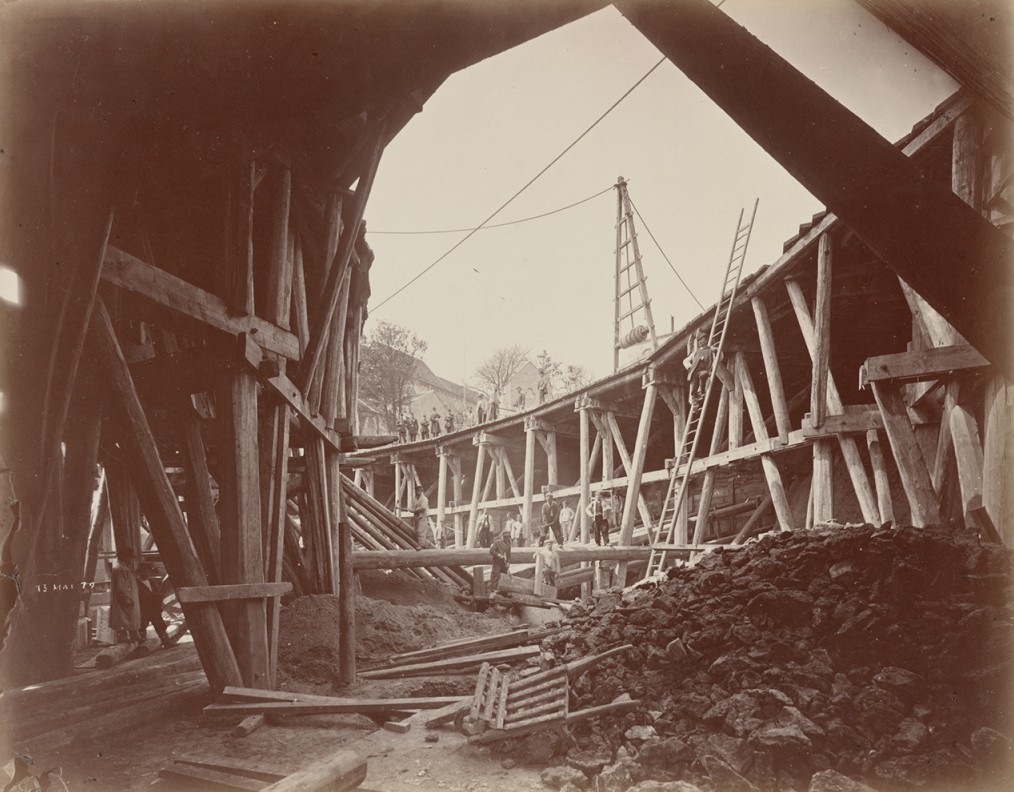
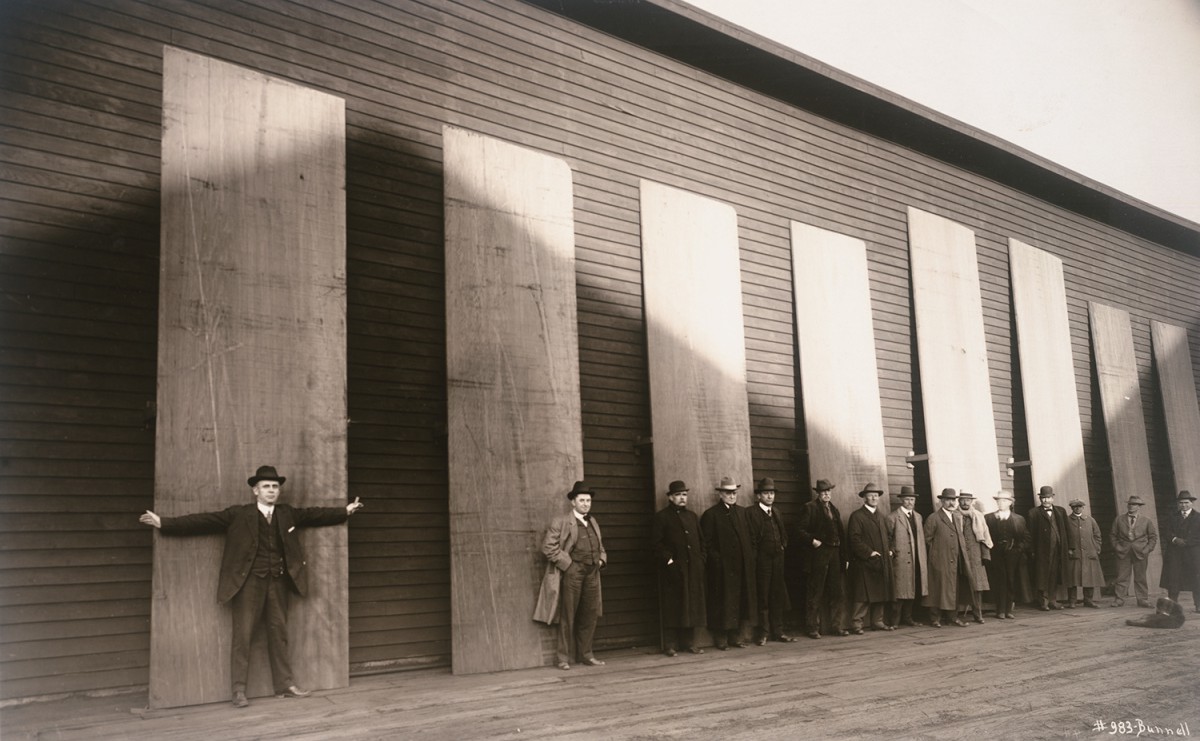
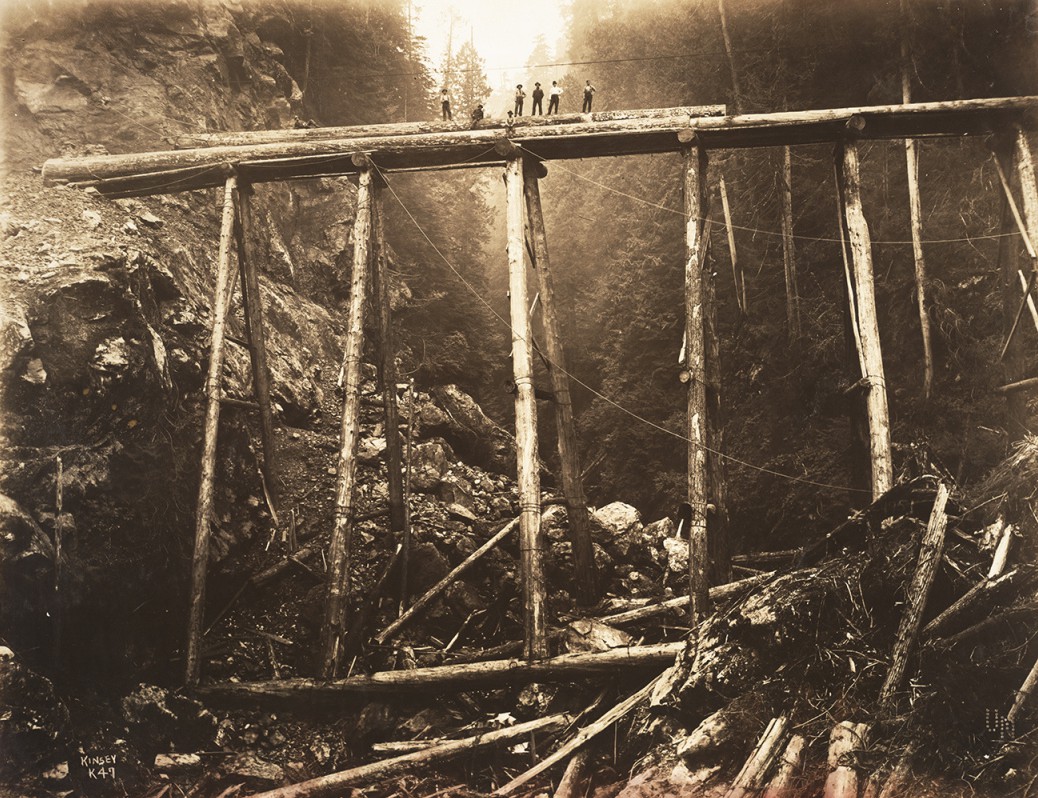


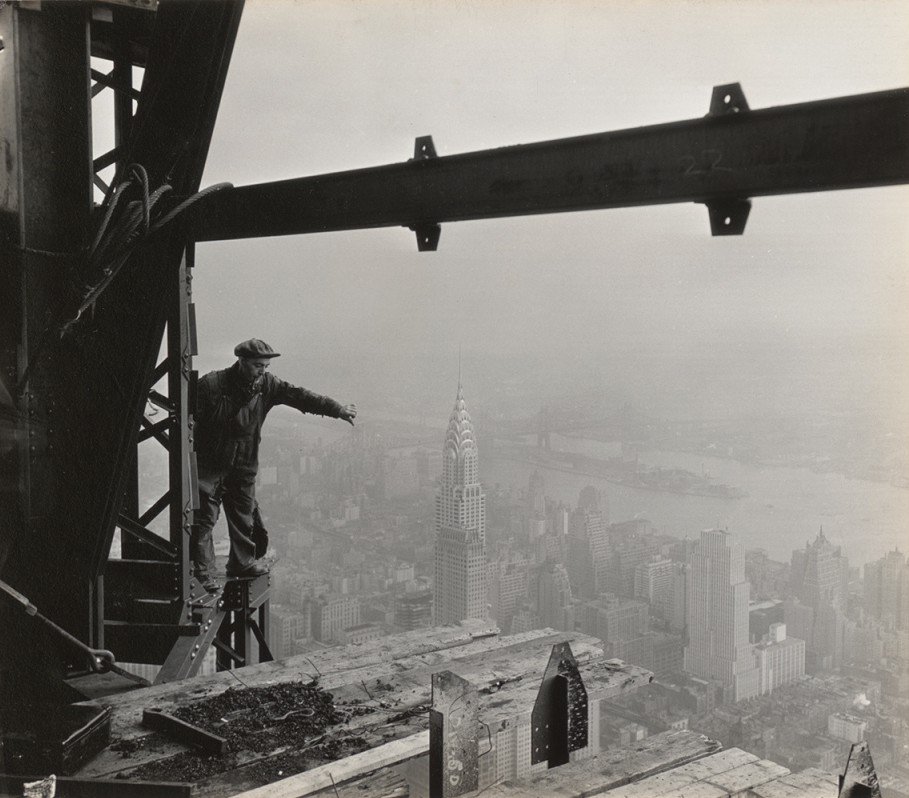
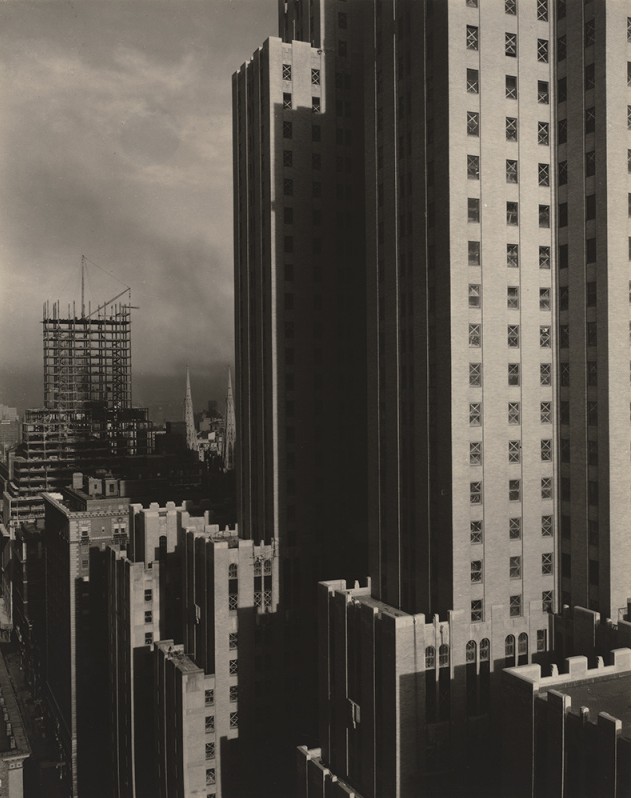
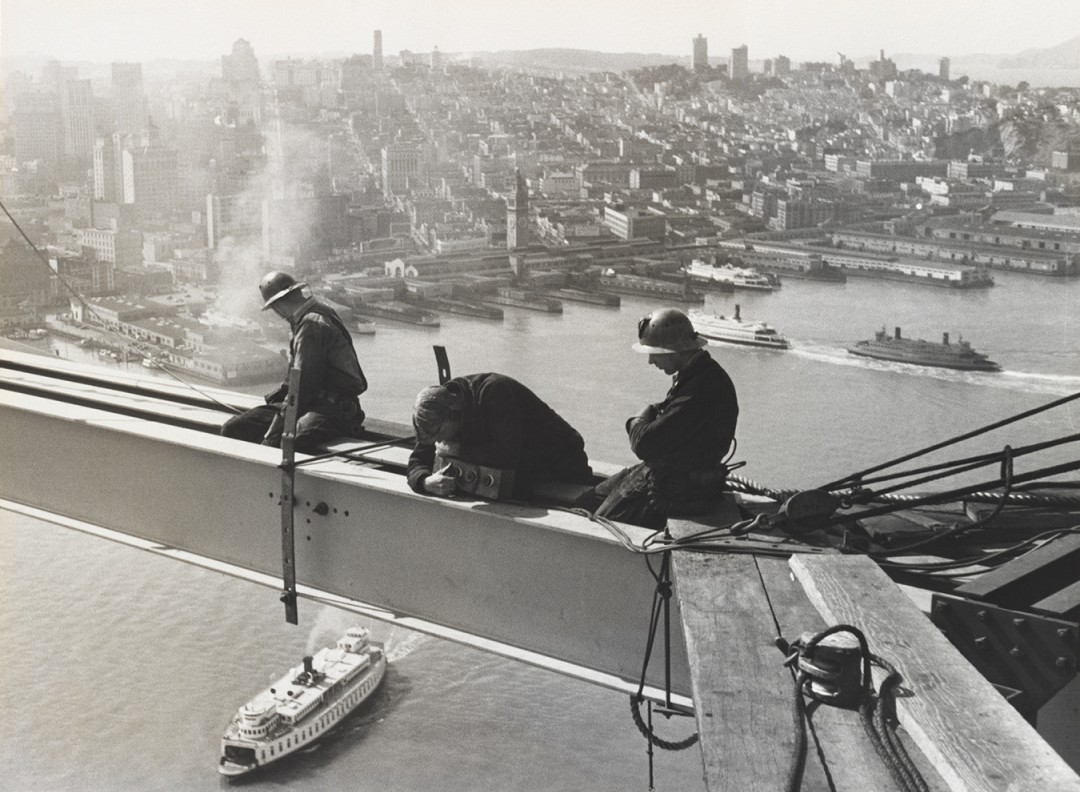
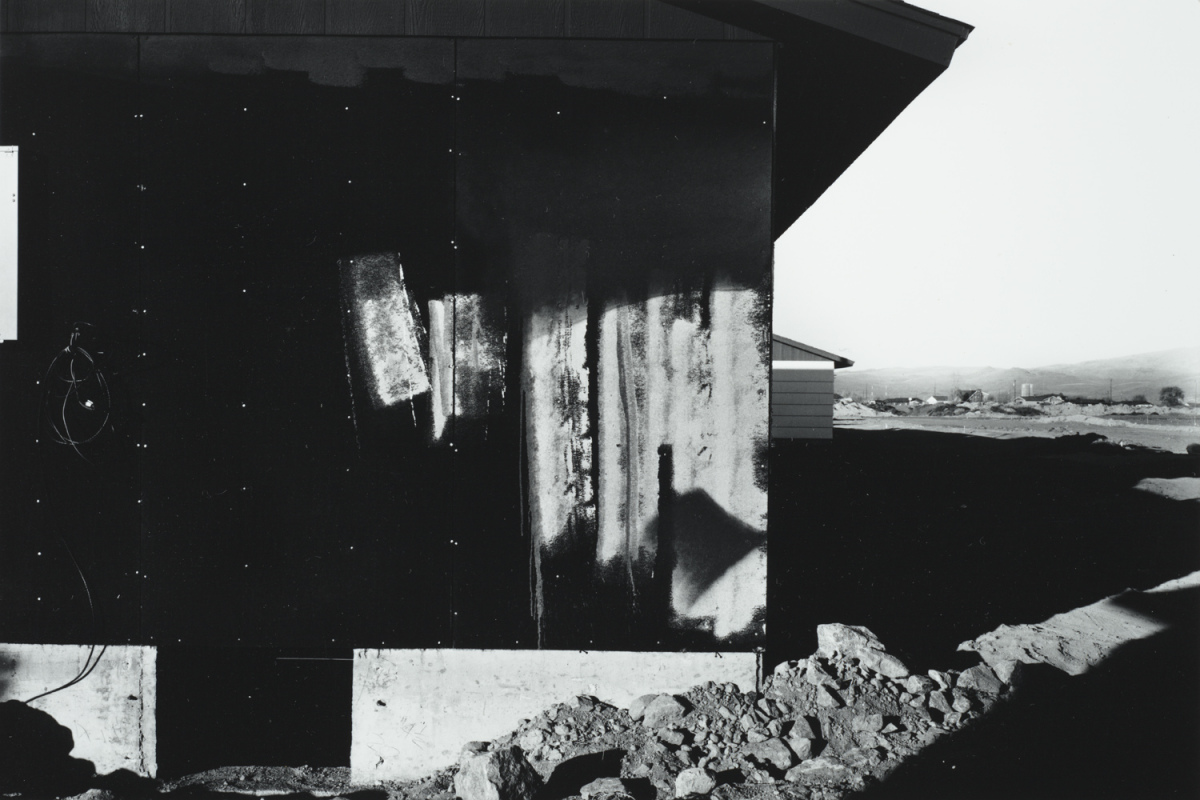


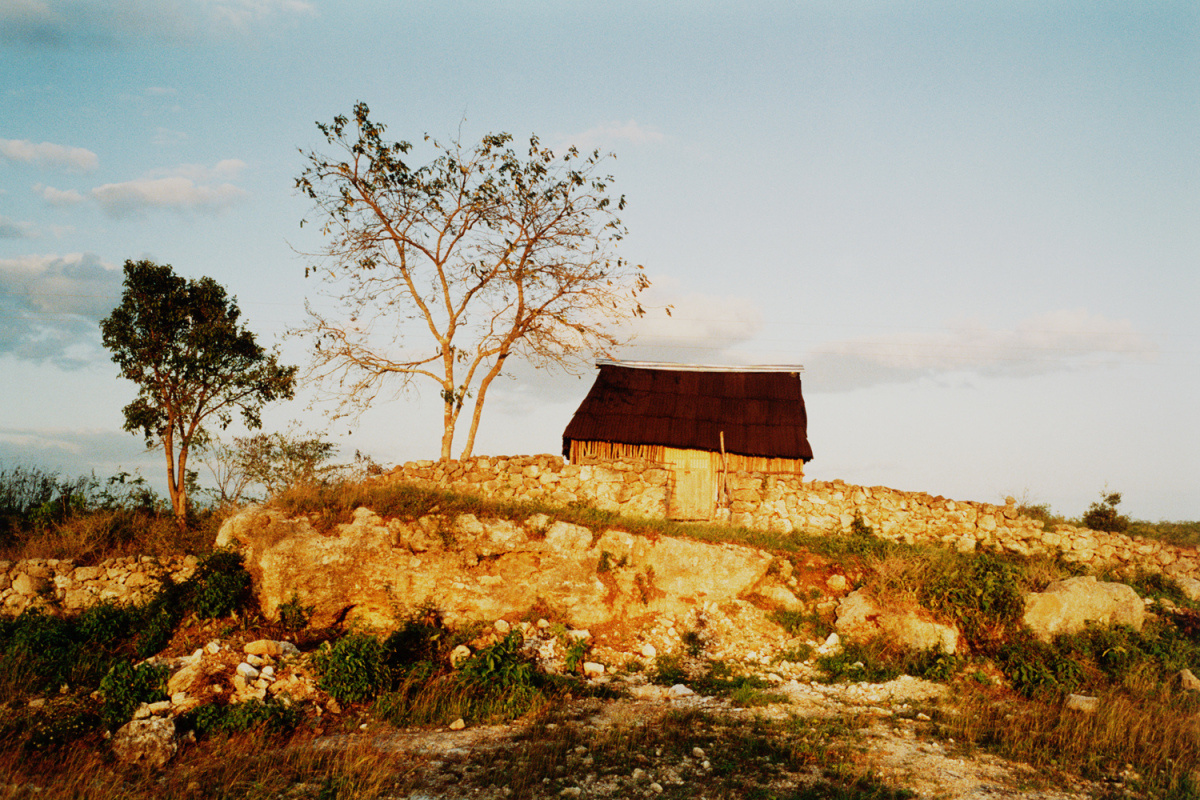





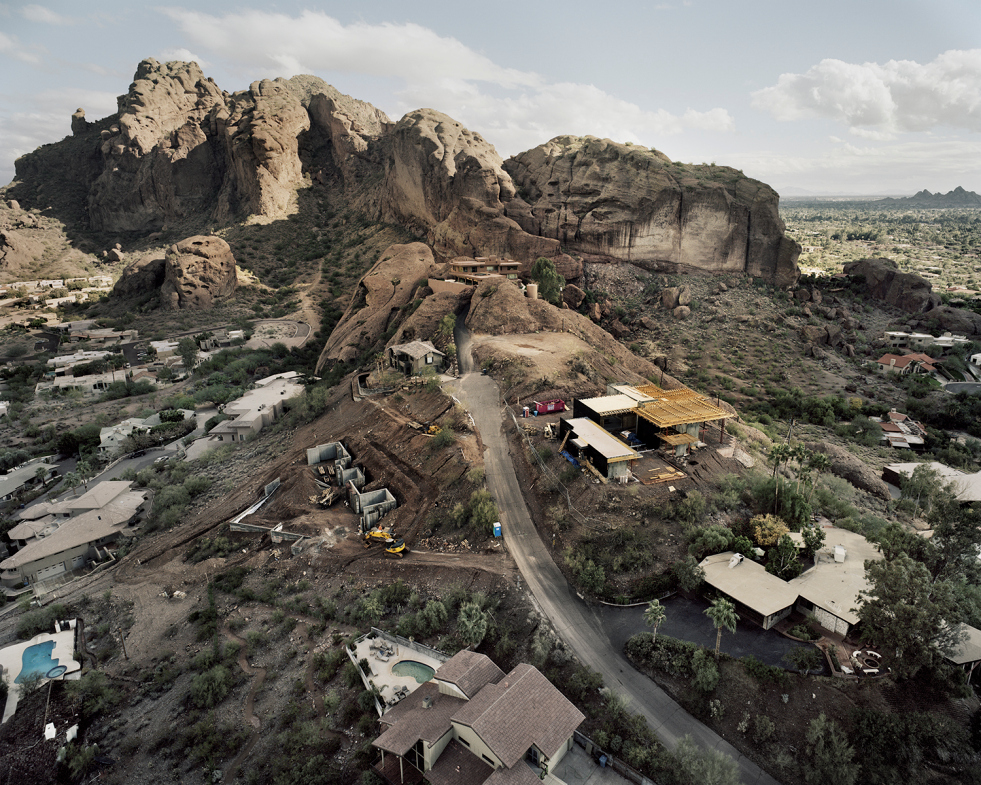
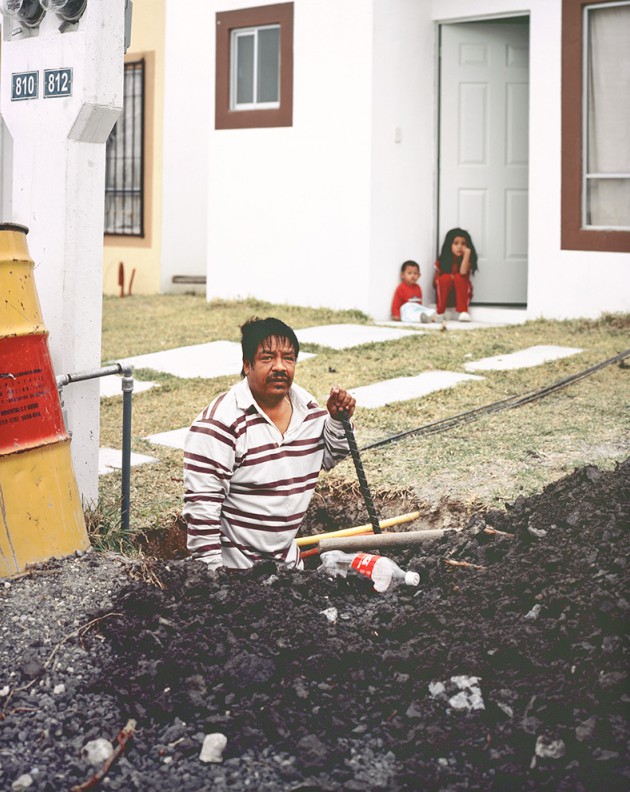
More Must-Reads From TIME
- The 100 Most Influential People of 2024
- The Revolution of Yulia Navalnaya
- 6 Compliments That Land Every Time
- What's the Deal With the Bitcoin Halving?
- If You're Dating Right Now , You're Brave: Column
- The AI That Could Heal a Divided Internet
- Fallout Is a Brilliant Model for the Future of Video Game Adaptations
- Want Weekly Recs on What to Watch, Read, and More? Sign Up for Worth Your Time
Contact us at letters@time.com